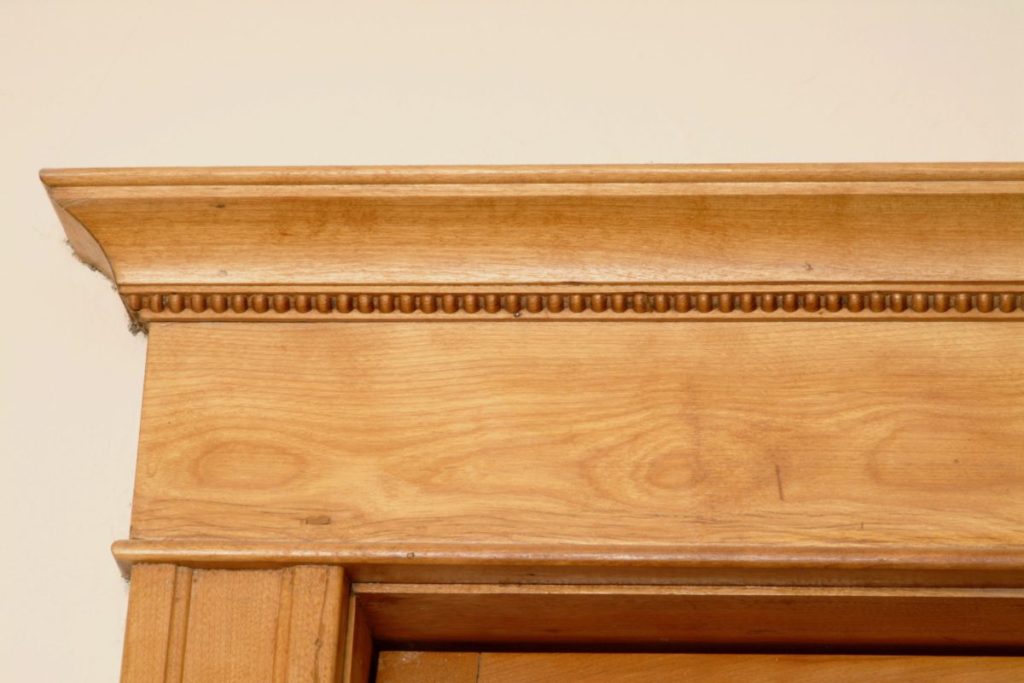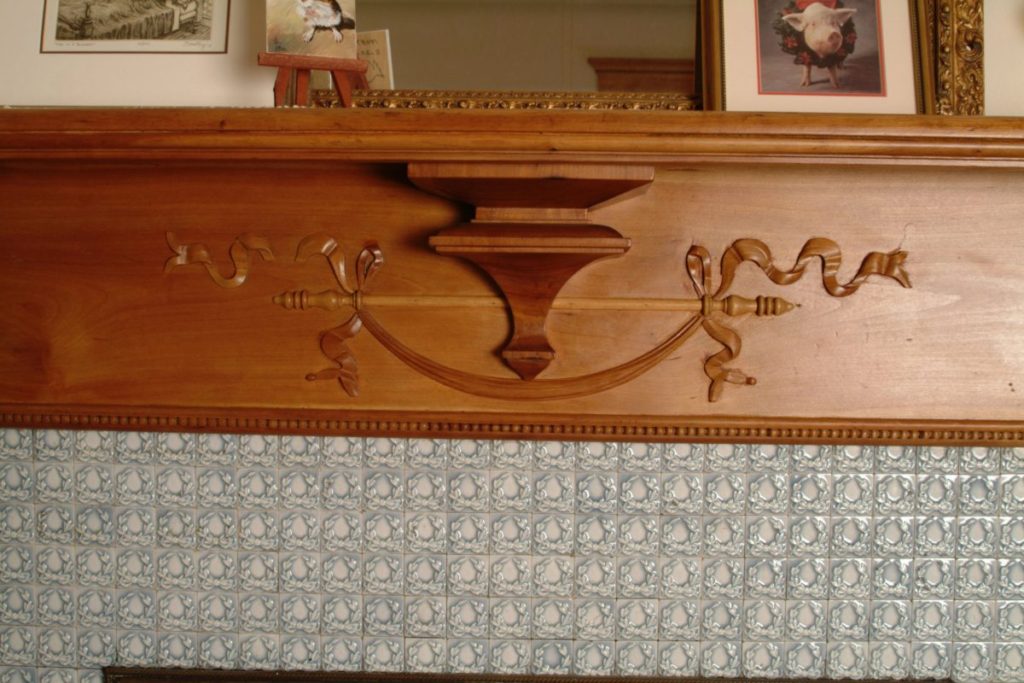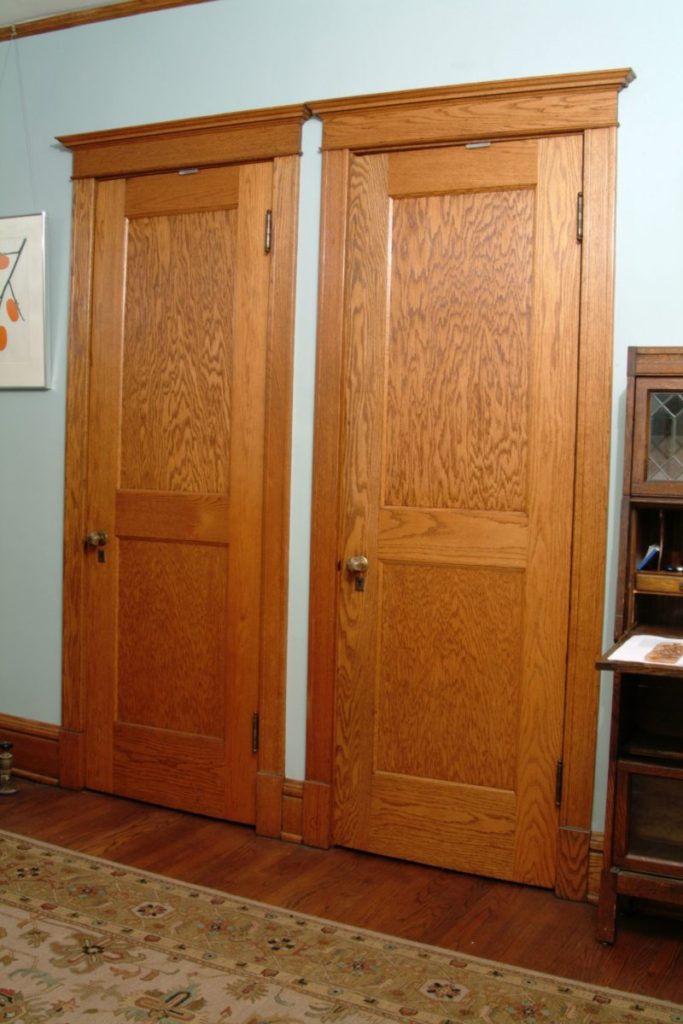Materials Specification
Quality in; quality out…end of question
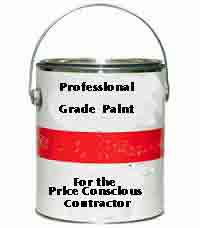
Did you know it’s a bad idea to allow a painter to use “professional grade” paint to paint your house? Counter-intuitive as it may sound, “professional grade paints” are made for the convenience and the profit of the so-called “professional,” not for the quality of the finish. These paints contain a substantial amount of chalk and other additives that give them high “hiding power” (meaning that they have substantial opacity). This is convenient for the painter, since it means he has to apply fewer coats of paint to get full coverage. But this is not high quality paint! With that heavy load of chalk in the paint, the paint is softened, leading to quick degradation of the finish . Some painters like to use professional grade paints because they can save a few bucks! But at what cost to you, the client? Considerable! Because this paint doesn’t wear well. And if you were to see it side-by-side next to higher quality paint, you would surely know the difference. Professional grade paints give new meaning to the phrase “Penny wise, pound foolish.” That’s the painter’s penny saved for the client’s pound lost, which is foolish!
I’m going to put this in bold print: The quality of the materials used for any project is a significant factor in determining the quality of the outcome. And yet, after more than 20 years of work in the building trades, I think I have only ever had one client ask me about a product.
It is understandable, though, that clients don’t ask about materials. They don’t know what questions to ask and, even if the craftsperson did tell them what product was being used, they often wouldn’t know how to evaluate the quality. Besides, isn’t your life busy enough as it is without having to do this investigative work?
Oak Brothers is committed to using the highest quality materials that are also appropriate for the age of the building. (Quality must be defined both functionally and aesthetically.) We don’t mind if you ask us questions about the products. And we are happy to educate our clients on these or any other aspect of our work.
Window restoration, in particular, is so labor-intensive that it does not make sense to us to use anything other than the highest quality materials available. We use a premium “long oil” primer and premium quality finish paint with a durable “brilliant” sheen to provide maximum coverage and durability.
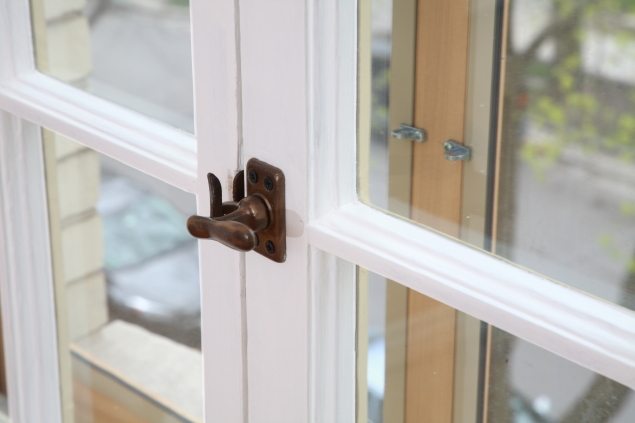

It is also important, when working on vintage residences, to use materials that are both aesthetically and formulaically compatible with vintage structures. For instance, we use Sarco Putty (which is made right here in Chicago) to glaze our windows because it is one of the few companies left in the country that produces a traditional, linseed-oil based glazing compound (“window putty”). It was good enough for restoration of the White House windows, and we think it is good enough for the vintage homes we work on.
Another product which is a particularly important consideration in historic and vintage homes is the type of clear finish specified for wood refinishing. It has become increasingly difficult to find anything but polyurethane on paint store shelves. But polyurethane is plastic and has a plastic appearance. One-hundred year old homes would have had shellac finishes. We’re happy to oblige clients who want an original shellac finish. But we also offer a pure resin varnish which has a similar appearance to the original shellac, but also has the advantage of being more durable, particularly because of its resistance to moisture.
Here’s a room in an 1880’s Victorian residence in which we removed paint from all the wood elements and refinished it using a pure resin, traditional varnish.



